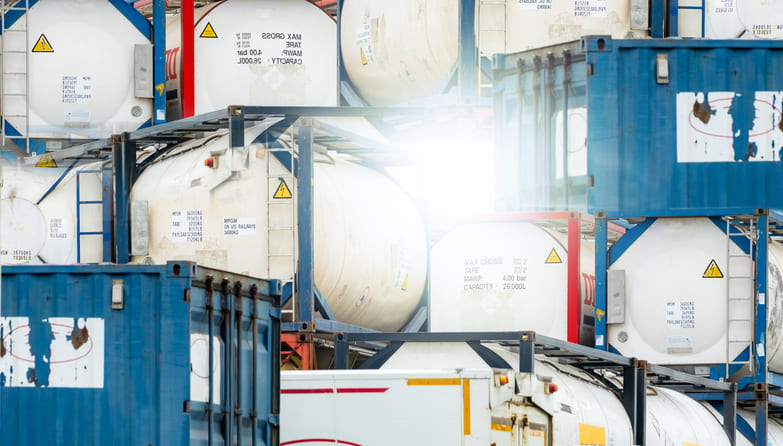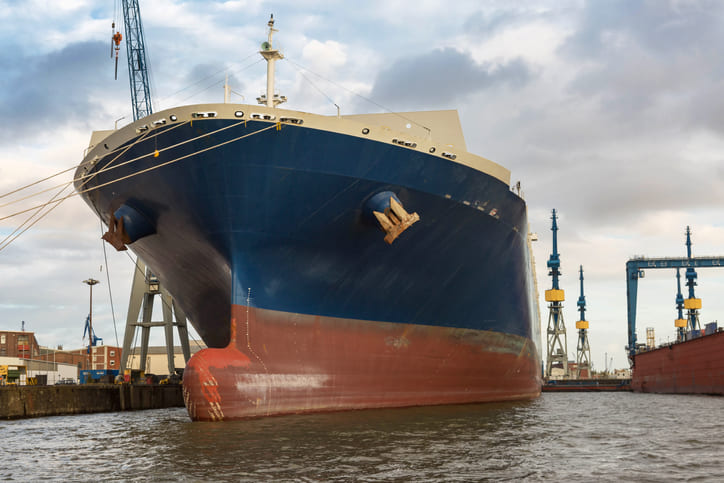What do you mean it can rain inside a shipping dry container?
The idea of putting a cardboard box or a pristine wooden crate outside in the rain seems like something you’d never do right? But what about putting it inside in the rain…?
The naturally and frequent occurring, yet odd phenomenon of something called excess humidity and container rain, can completely ruin cargo packaging if not properly managed. It’s a build-up of water vapour in the air, that when it reaches its ‘dew point’, rains down.
It happens all the time to everyday things but you may not notice it. For example, a bottle of water in your car sometimes shows droplets of water built up on the inside walls of the bottle, or a colder can of drink on a hot day will have wet droplets running down it. This is condensation – the build-up of water vapour we just talked about.
In global cargo freight forwarding, dry or general purpose shipping containers are made from non-insulated standard metal. This means the temperature inside them directly correlates and can shift dramatically, in response to the weather surrounding them. Further, most dry containers have some vents. These ventilation outlets allow air to exchange from outside and inside the container: dry and humid air.
During a container’s journey, temperatures can fluctuate severely when passing from day to night and through latitudes. These external climatic conditions, change the climatic conditions inside the container by conduction and then by radiation. As the temperature inside the container drops down, condensation will appear on container walls/roof because cold air holds less moisture than warm air. This is when those water droplets start to form on the walls and ceiling of the container. Once the excess humidity is reached, it then literally rains down from the ceiling and onto the cargo.
So much like the damage to the packaging and labels you would expect, if you were to put your box in a high humidity environment like a sauna, or outside in the rain…that same damage can happen inside a container too. Moreover, the damage to product quality through the build-up of mold can also happen as a result of excess humidity, and/or container rain.
You can’t prevent the natural occurrence of condensation, but you can protect your cargo against container rain.
Hillebrand’s exclusive new VinLiner integral insulation minimizes the extreme fluctuation in both temperature and humidity levels experienced by your products, as they travel through varying climates. Acting as a barrier between the steel container and the cargo. It’s available worldwide in various sizes for cases, pallets and containers and is 100% recyclable.
Ask us for a quote to include an insulation liner on your next full load or pallet shipment.

.png?sfvrsn=786e1c6a_1)



